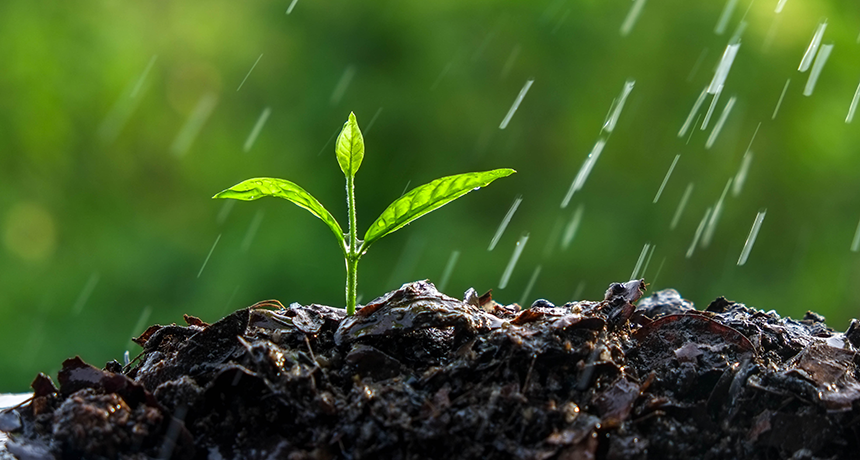bacteria (singular: bacterium) Single-celled organisms. These dwell nearly everywhere on Earth, from the bottom of the sea to inside other living organisms (such as plants and animals).
chemical A substance formed from two or more atoms that unite (bond) in a fixed proportion and structure. For example, water is a chemical made when two hydrogen atoms bond to one oxygen atom. Its chemical formula is H2O. Chemical also can be an adjective to describe properties of materials that are the result of various reactions between different compounds.
fatty acid A large molecule made of up chains of carbon and hydrogen atoms linked together. Fatty acids are chemical building blocks of fats in foods and the body.
geosmin A chemical produced by Streptomyces bacteria in soil. It is an important component in the smell of petrichor — the smell of earth after it rains.
molecule An electrically neutral group of atoms that represents the smallest possible amount of a chemical compound. Molecules can be made of single types of atoms or of different types. For example, the oxygen in the air is made of two oxygen atoms (O2), but water is made of two hydrogen atoms and one oxygen atom (H2O).
petrichor This is the smell of soil after a rainstorm. It is made of broken down chemicals from plants and geosmin—a chemical produced by soil bacteria.

